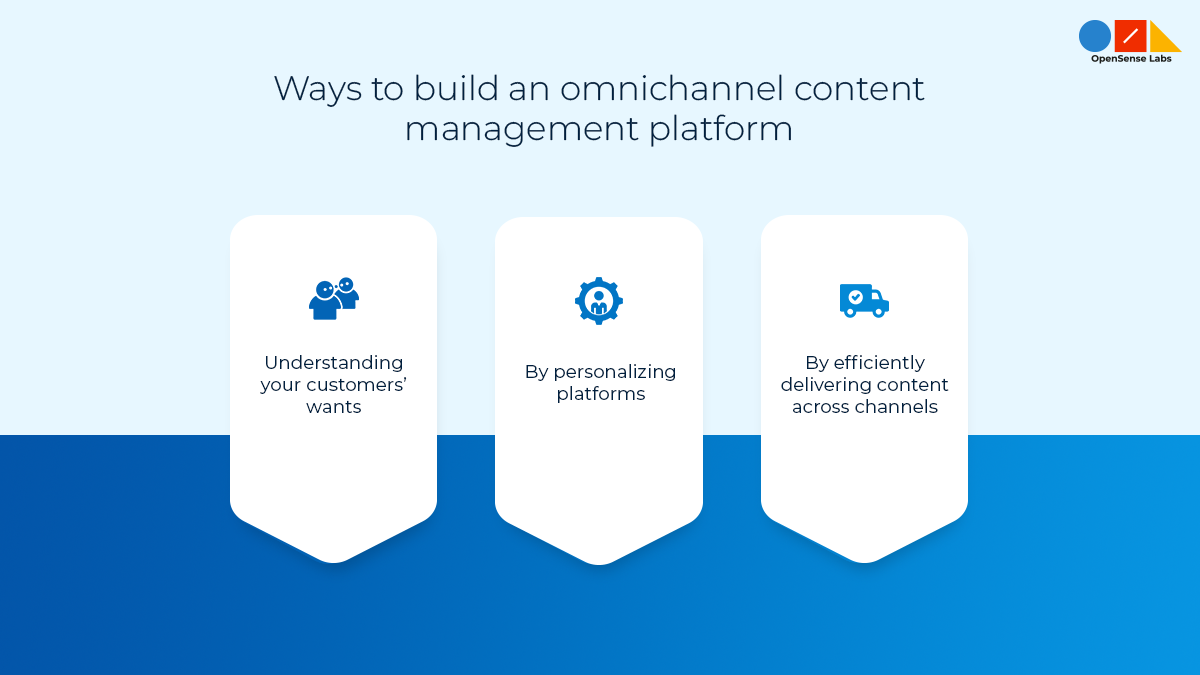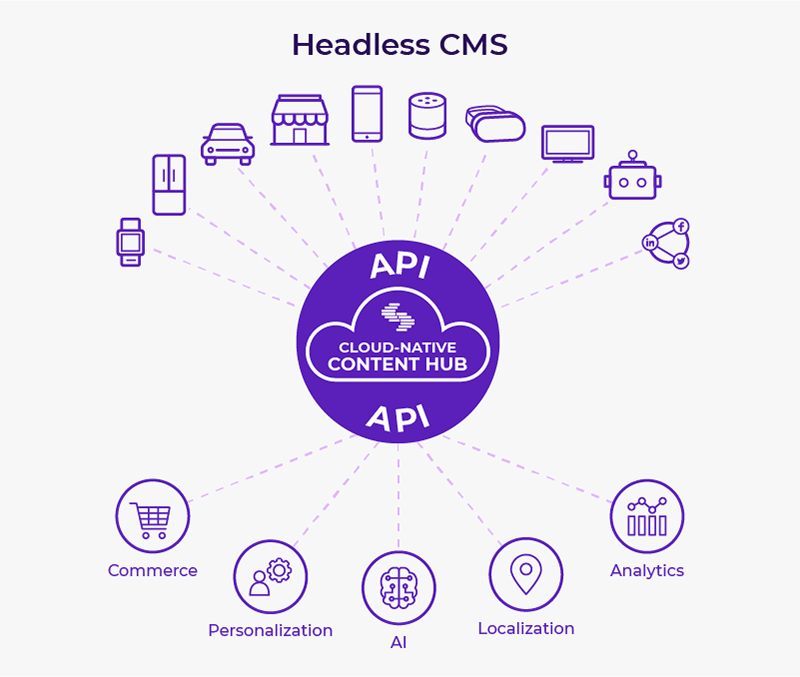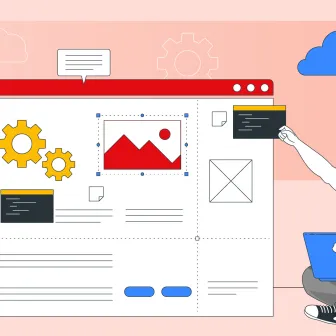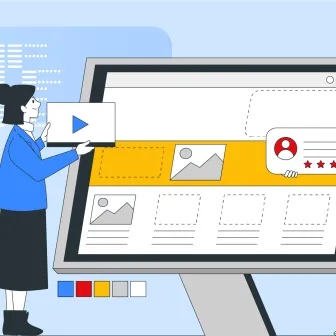Today the shopping culture is designed in a manner where the customers prefer going through a lot of content prior to making a purchase. Be it product reviews, articles, or influencer posts, they make an effort to consume it on every channel.
Even though companies are offering great content experiences on their applications, websites, Facebook pages, and stores following a robust multichannel strategy.
But the companies which are ensuring a consistent online and offline interaction with their customers, building a very holistic omnichannel customer experience tend to get more popularity and success in comparison to the rest.
This article gives you a closer look at how an omnichannel approach can be considered effective and beneficial for both customers and progressive companies.
Why should you adopt an omnichannel content approach?
What is an omnichannel content approach? An omnichannel content approach is simply all about bringing together all content channels in order to make them work parallelly to improve and customize the user’s experience.
It is observed that brands adopting omnichannel strategies show an average retention rate of around 89 percent, and 69 percent of customers look for a consistent omnichannel experience.
Most importantly, the impact of COVID 19 showed how customers are prioritizing the omnichannel trend. 2020 witnessed e-commerce sales growth of 55% and at the same time, shoppers additionally spent $107 billion online. To know more, read how businesses reimagined themselves post-pandemic and the impact of pandemic-driven digital transformation.
Also, by August 2020, BOPIS (Buy Online Pay in Store) reached a growth of 259%. Isn’t the number huge? Yes it is!
By adopting an omnichannel approach you can reach your customers exactly where they are.
They do not have to put an effort to find you, and regardless of where they are, your products and your team are just a click away. They even find it way more convenient to purchase your products on various platforms and channels.
Therefore, getting the opportunity to purchase your product effortlessly irrespective of their preferred platform or device through several methods, the customers tend to be happier and satisfied in the long run.
And it is to be kept in mind that customer satisfaction is the key to decreasing customer churn and letting them return to you for their necessities. To know more, read about how to deliver the perfect digital commerce experience to your customers.
How to build an omnichannel content management platform?

After understanding the significance of adopting an omnichannel approach, let’s now learn the ways to build an omnichannel content management platform that is highly essential for progressive businesses.
Understanding your customers’ wants
The very first step in creating effective omnichannel content is by getting an idea about the people who will consume it.
Thankfully, technological advancements have made this possible to a great extent. Since your customers leave data footprints each time they interact with the digital properties, it can help in developing customized marketing content and strategies.
So, to conduct such smart analytics, artificial intelligence (AI) can be really helpful. And you can learn all the necessary information about your customers and offer them what they exactly want.
By personalizing platforms
Personalization can be considered as the practice of personalizing the content that a consumer is offered based on their behaviors and preferences. Companies tend to grow their revenue by up to 15% prioritizing personalization.
In the year 2018, 90% of customers revealed to Accenture that they would like to shop with brands that provide relevant offers based on their personal choices and preferences.
By efficiently delivering content across channels

By utilizing outdated legacy CMSes, you cannot offer integrated, and holistic content experiences to your customers across every channel.
But by using headless CMS you can decouple the frontend (content presentation) from the backend (content organization and storage) and use APIs to deliver content to any and every digital channel.
This allows organizations to quickly and seamlessly manage and publish content across multiple channels from just one central command hub.
To know more, read about the state of headless architecture in 2021 and when and how to choose headless CMS for your business.
Choosing Drupal for omnichannel content delivery
Let us explore the reasons why choosing Drupal for omnichannel content delivery can be considered as the best option.
Since we know that brands today reach their customers not only via their websites but also through multiple channels.
Therefore, CMS is not just utilized to send content to web browsers but it also pushes content to several other places. So, Drupal can be considered the source of content for several consumers.
Apart from delivering content for a frontend website, decoupled Drupal can even deliver content through an API to be utilized by multiple other mediums, upon which the brand wishes to be present such as IoT, mobile applications, kiosk displays, etc.
At times companies look for creating several websites that are separate (e.g., one for each event, brand, promotion, country), but that will share a huge amount of content.
In a situation like this, it will be much easier to build one content engine (Drupal) that will offer content to all the microsites.
Also, the microsites can be created very quickly and even closed whenever a need appears, and also the content can be contained in one single hub.
Often Drupal is chosen when there is a requirement for headless CMS. The reason behind this is Drupal’s out of the box that has most of the necessary functionality.
In fact, Drupal is regarded as the most mature CMSes and also has the most amazing APIs. There has been immense progress in enabling Drupal to serve and receive content through APIs as well. Therefore, Drupal CMS can be regarded as the best choice for omnichannel content delivery.
Learn more:
- Decoupled Drupal: Cornerstone of digital experiences
- Everything you need to know about decoupled Drupal
- Benefits of Decoupled Drupal
- How to decouple Drupal
- Should you decouple Drupal
- When to move from monolithic to decoupled Drupal architecture
- Create Once Publish Everywhere: Explained
- API-first Drupal
- Best frontend technologies for your decoupled Drupal environment
- Fully decoupled Drupal vs Progressively decoupled Drupal
- Choosing web services: Rest, GraphQL and JSON:API
- Right skills for decoupled Drupal development
- Success stories on decoupled Drupal
What the future holds for omnichannel?
The rapid increase of the omnichannel approach will certainly be affected by several technical developments in the coming times. Presently, the driving forces behind it consist of adaptive presentation technologies.
As a result, developers tend to use frameworks like Angular, React, and Vue.js in order to build single web pages and web applications reaching customer expectations.
Also due to the rise of design thinking and design systems, organizations are prioritizing the user experience and also in what ways the technologies will impact the customers.
Therefore, the future of omnichannel seems to place the users’ needs at the topmost priority leading to customer satisfaction and retention.
Also, to survive in the future of omnichannel, companies seriously need to look after their content services including content architecture, content structure, content variations, and metadata.
Hence, we see a great future for omnichannel where companies will continue to handle all of their content efficiently, also offering consumers the customization and optimized experience they want.
Conclusion
This piece of work clearly defined the need for an omnichannel approach for offering seamless content delivery to potential customers across various channels.
So, if you’re an entrepreneur of a progressive company, then you must know how to anticipate the customer’s needs and meet them accordingly by adopting omnichannel practices.
Subscribe
Related Blogs
Free Learning Content Management System: Best 10 List For 2025

In today's fast-changing education and training landscape, a free Learning Content Management System (LCMS) is a smart…
Headless CMS vs Traditional CMS: What's The Difference?

If you are looking for a new content management system, you may have come across the term ‘headless CMS.’ Today, businesses…
Best Headless CMS: 10 Best CMS For 2025

A headless CMS is a content service platform that you can access through APIs. It allows content to be delivered across…




